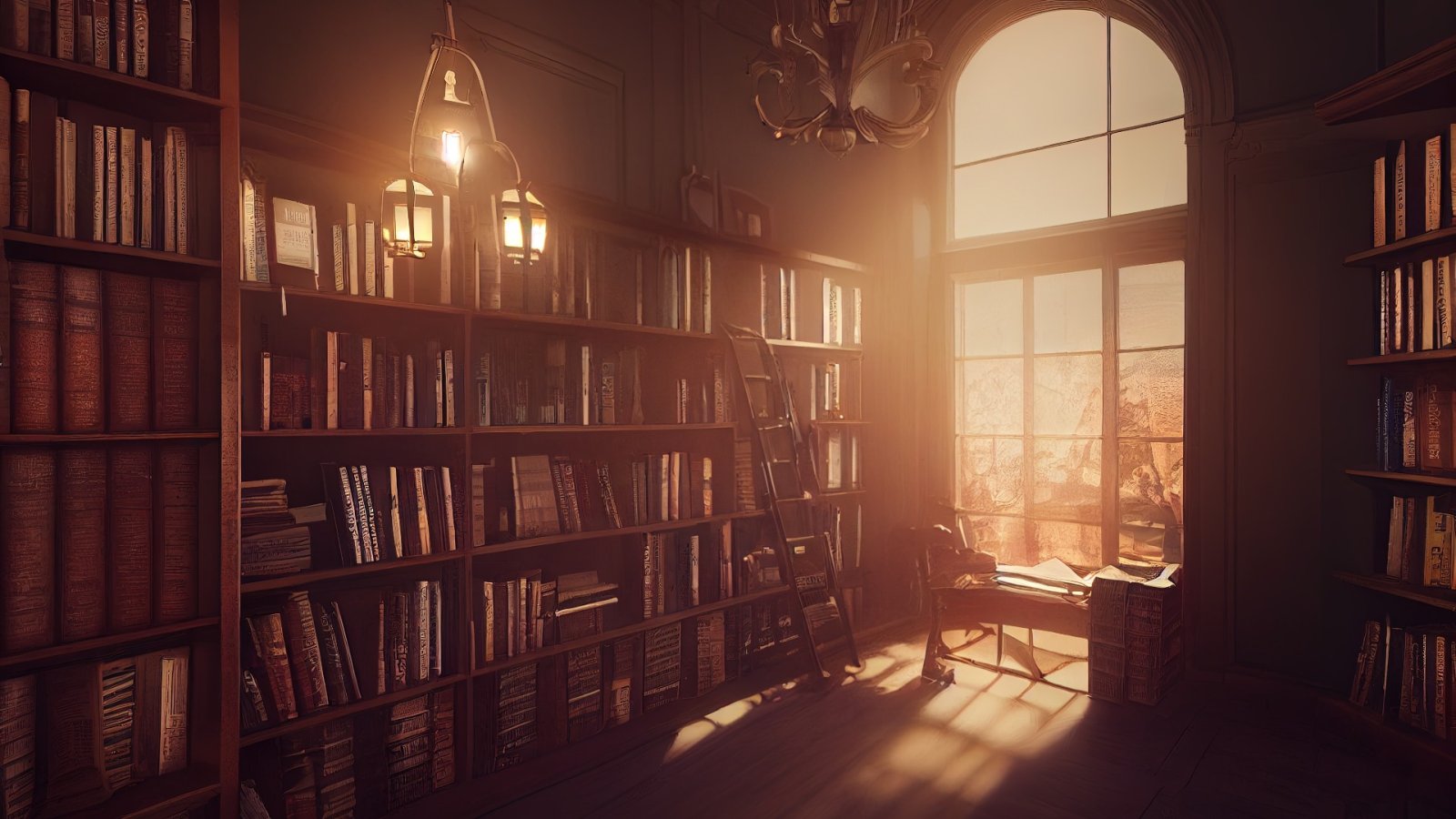Ajatus silmiinpistävästä ja huomiota herättävästä julisteesta ymmärretään nykyään yleisesti. Kuitenkin vasta 1900-luvun vaihteessa, kun Jules Chéret esitteli värilitografiatekniikan rakkauden kaupunkiin, julisteen käsite määriteltiin uudelleen. Chéret muutti yhdessä Henri de Toulouse-Lautrecin ja Théophile-Alexandre Steinlenin kanssa vintage-ranskalaisista julisteista keräilyesineitä tuleville sukupolville, ja ne piristävät kaupungit maailmanlaajuisesti eloisilla väreillä.
Ja totuus on, että Chéretin vaikutusta julistesuunnitteluun ei voida aliarvioida. Ennen matkaansa kuvataiteen maailmaan vuonna 1900 hän tuotti yli 1 000 julistetta vaalealla ja teatterityylillään tuoden eloisia punaisen, keltaisen ja sinisen sävyjä kaupungin tummiin muureihin. Hänen julisteissaan usein koristeltuista hurmaavista neioista tuli Pariisissa niin kaikkialla esiintyvä piirre, että paikalliset kutsuivat heitä hellästi "Cheretteiksi".
Näiden julisteiden tuotanto nousi siinä määrin, että se sai aikaan lain vuonna 1881 luomisen, joka perusti viralliset postialueet estämään kaupunkia julisteiden tulvimisesta. Näiden julisteiden suosio vahvistui entisestään kolme vuotta myöhemmin, kun taiteilija järjesti ensimmäisen ranskalaisten julisteiden ryhmänäyttelyn Pariisissa. Chéret'n "Cherettes" esiintyi laajassa valikoimassa tuotteita, teatteriesityksistä ja näyttelyistä alkoholiin, öljyyn, hajuvesiin ja vielä enemmän alkoholiin. Julisteen sisältö oli lähes merkityksetöntä, sillä Chéret'n tunnusomainen tyyli kirkkailla väripurskeilla ja karismaattinen nainen, joka pyrki kiinnittämään huomiosi, oli normi.
Vuonna 1893 taidemaalari loi yhden ylenpalttisimmista ja jännittävimmistä kuvistaan Olympia-musiikkihalliin. Juliste säteilee kirkkautta ja iloa, ja siinä näkyy huoleton nainen, jonka musiikki pyyhkäisee pois hänen soittaessaan symbaaleja. Toisaalta piparminttujuoman mainoksessa oli huomattavasti intensiivisempi tunnelma, tummemmat sävyt antoivat vuoden 1899 julisteeseen hieman kireämmän tunnelman. Kuitenkin pää- ja toissijaisten värien silmiinpistävä käyttö ja vapaamielisen naisen valloittava katse (jälleen kerran) tekevät julisteesta mahdotonta jättää huomiotta. Chéret palasi äärimmäisen kontrastin käsitteeseen julisteissa, jotka luotiin Loie Fuller -esitystä varten Folies Bergère -musiikkihallissa. Julisteissa on boheemi nainen täydessä vireessä, häikäisevä varjojen rinnakkain hänen vapaasti virtaava muotonsa. Loie Fuller, amerikkalainen näyttelijä ja tanssija Illinoisista, oli modernin tanssin ja teatterin valaistustekniikoiden edelläkävijä Ranskassa. Vaikka Chéret rajoittui muutamiin väreihin, hän vangitsi taitavasti liikkeen olemuksen teatterin kirkkaiden valojen alla.
Taidemaalari ei kuitenkaan ollut kaupungin ainoa tunnettu taiteilija, sillä vertaansa vailla oleva Henri de Toulouse-Lautrec tarttui myös siveltimeen yritysten puolesta samalla menestyksellä. Hänen ikonisen Moulin Rougen julisteensa vangitsi kabareeesitykselle osallistumisen jännityksen ja välitti samalla anonymiteetin tunteen, joka liittyy pimeydessä istumiseen katsomaan provosoivaa esitystä. Tästä julisteesta on sittemmin tullut yksi kaikkien aikojen ylistetyimmistä ranskalaisista vintage-julisteista. Toulouse-Lautrec ei todellakaan ollut vieras provokaatiolle, ja hän otti mielellään tämän maineen vastaan vuoden 1892 julistellaan "Reine de Joie", jonka hän loi ystävälleen Victor Jozelle, puolalaiselle halpojen eroottisten romaanien kirjoittajalle. Juliste on yksi taiteilijan räikeimmistä ja tunnetuimmista teoksista, joka tarjoaa kiehtovan kurkistuksen kirjan sisältöön.
1900-luvun vaihteen lähestyessä vallitseva maalaustyyli omaksui jugend-estetiikkaa. Alphonse Mucha, Pariisissa asuva tšekkiläinen taiteilija, tuotti julisteen julistesuunnittelun maineikkaan esimerkin näyttelijä Sarah Bernhardtista Hamletin roolissa. Juliste on koristeltu monimutkaisilla yksityiskohdilla, koristeellisilla kukoistavoilla ja vaikutteilla eri taiteen liikkeistä, kuten prerafaeliteista, Arts and Crafts Movementista ja jopa Bysantin taiteesta. Se tarjoaa mukaansatempaavan visuaalisen kokemuksen, joka tarjoaa lähes yhtä paljon ihailtavaa kuin itse teatterituotanto.






